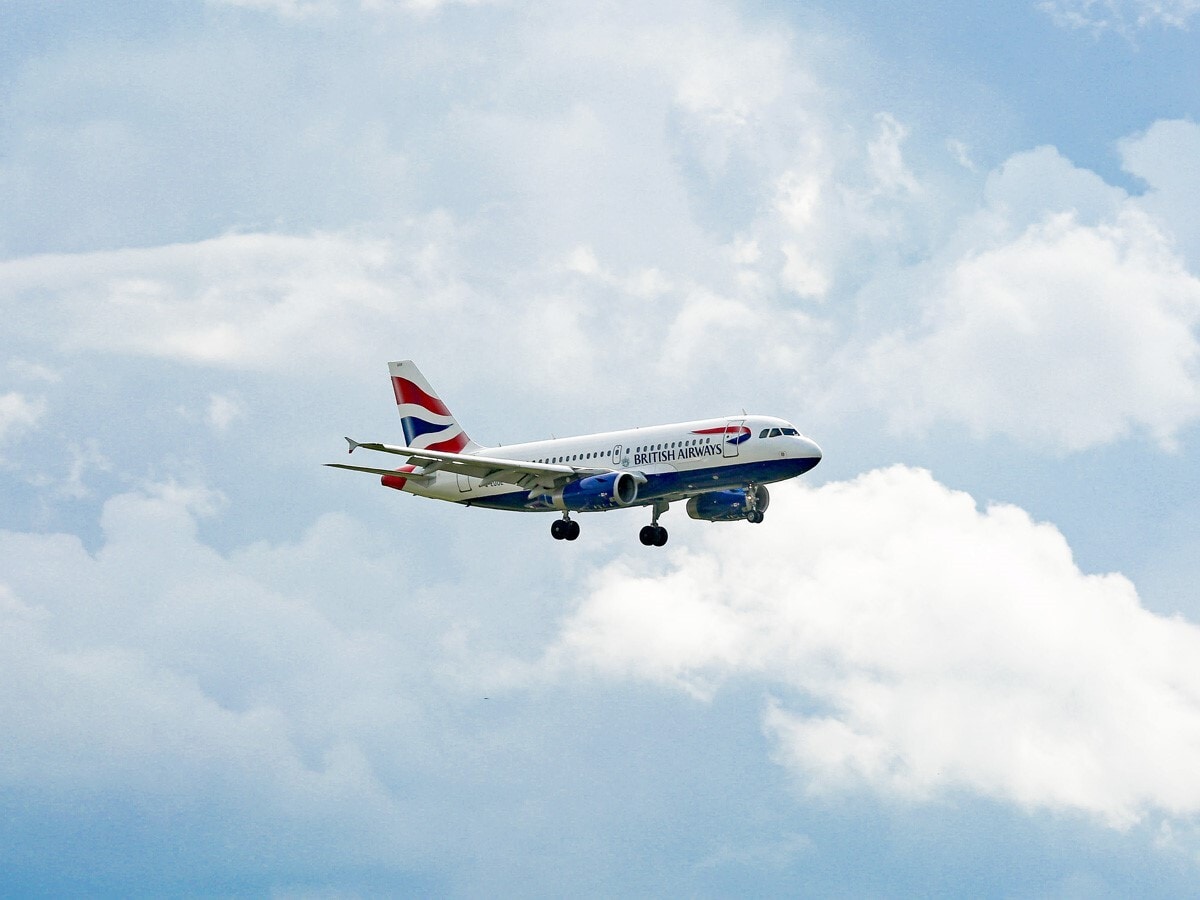The IAG [IAG.L] share price lost plenty of altitude in March. No sooner had the British Airways and Iberia owner suggested this year would be better after the pandemic battered the stock, than further headwinds emerged.
Shares in IAG have dropped 11.13% over the past month to close 25 March at 137.23p. Higher oil prices, another Covid wave, and a rise in the cost of living have all lowered investor sentiment.
Yet, in the context of its history, the stock is currently very cheap – before the pandemic IAG’s share price traded at 609.8p on 2 February 2019. Is now the time to pick up IAG shares while the opportunity for major long-term gain could be at its strongest? Or will IAG be unable to recover and offer investors a chance at major growth?
IAG share price struggles despite improved earnings
IAG’s share price has fallen 30.6% over the past 12 months. Omicron led to a sell off in the stock at the end of last year, while the Ukraine-Russia crisis has increased fears over rising prices for aviation fuel.
The worst of the pandemic led to virtually no passengers, grounded planes, and cash burn. IAG had forecast a return to normality by the end of 2022. Boosting optimism was a continued lifting of pandemic-related restrictions and a recovery in earnings.
In 2021 IAG delivered a net loss of €2.93bn for 2021, down from a loss of €6.92bn in 2020. The company suggested that omicron had a ‘negative short-term impact on the operating result, passenger bookings and cancellations’. The company warned that first quarter earnings would be hit by significant operating losses owing to the omicron and seasonality. In the second quarter IAG expects to return to profit.
Travel restrictions ease, but new headwinds mount
Towards the end of last year an easing of government-imposed travel restrictions bolstered demand, particularly the US where border to foreign travellers on November 8. In Europe, most restrictions have now been lifted, with six countries announcing in March that they will no longer ask travellers to present valid COVID-19 proof upon arrival. IAG said that passenger capacity in the fourth quarter was 58% of 2019 capacity, up from 43% the previous quarter.
However, Russia banning British Airways and other UK carriers from its airspace has knocked confidence. British Airways will need to reroute flights to Asia to avoid Russian aerospace. The carrier is yet to rebuild its schedules to Asia and is focused on its lucrative North American routes. Yet, in the longer term being unable to directly fly over Russia will be a threat to profitability as rerouted flight paths will mean longer travelling times and higher fuel costs.
The war in Ukraine has led to oil prices climbing higher. At one point in March crude hit a high of $139 a barrel. Prices have since cooled off, but the rising cost of aviation fuel could hurt IAG’s bottom line.
Fuel represents more than a third of airline operating costs. Most airlines hedge their exposure to rising oil prices - according to Raymond James analysts, IAG has hedges in place for between $60 to $73 a barrel, as reported by the Financial Times. Longer-term, passing rising costs onto the customer when demand remains weak.
Where next?
Investors will get a sense on how well IAG is performing when it next updates the market in the spring. This should provide clarity on whether the company thinks a return to pre-pandemic levels is on the cards, or whether the latest headwinds will meaningfully drag on the share price.
As it stands, the stock has a 186.52p median price target from analysts polled by Refinitiv, suggesting a 35.8% upside on Friday’s close. So while a return to over 600p a share might be a long way off, there’s still some runway for the stock.
Disclaimer Past performance is not a reliable indicator of future results.
CMC Markets is an execution-only service provider. The material (whether or not it states any opinions) is for general information purposes only, and does not take into account your personal circumstances or objectives. Nothing in this material is (or should be considered to be) financial, investment or other advice on which reliance should be placed. No opinion given in the material constitutes a recommendation by CMC Markets or the author that any particular investment, security, transaction or investment strategy is suitable for any specific person.
The material has not been prepared in accordance with legal requirements designed to promote the independence of investment research. Although we are not specifically prevented from dealing before providing this material, we do not seek to take advantage of the material prior to its dissemination.
CMC Markets does not endorse or offer opinion on the trading strategies used by the author. Their trading strategies do not guarantee any return and CMC Markets shall not be held responsible for any loss that you may incur, either directly or indirectly, arising from any investment based on any information contained herein.
*Tax treatment depends on individual circumstances and can change or may differ in a jurisdiction other than the UK.
Continue reading for FREE
- Includes free newsletter updates, unsubscribe anytime. Privacy policy





